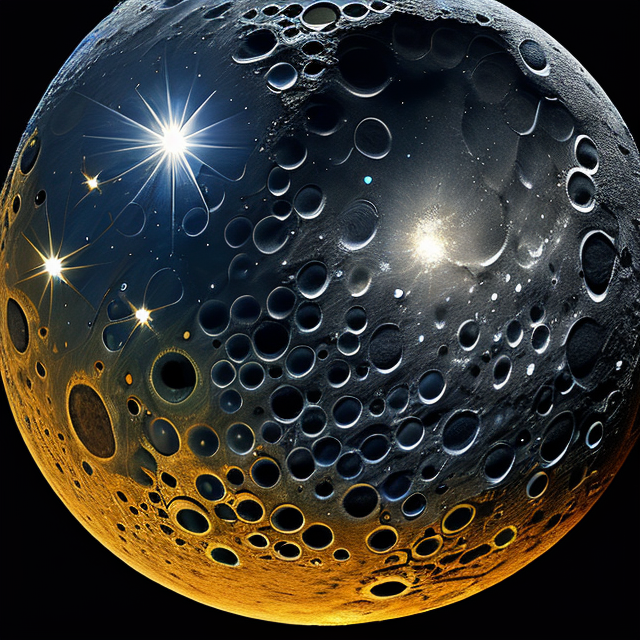|
|
Space Astro
|
Info for exoplanet "Angjwang"
| Scientific (actual) data |
|---|
| Name | Kepler-275 b |
| Planet status | Confirmed |
| Radius | 0.209 |
| Orbital period | 10.3007 |
| Semi major axis | 0.098 |
| Discovered | 2014 |
| Updated | 2021-02-05 |
| Tconj | 2454980 |
| Impact parameter | 0.57 |
| Publication | Announced on a website |
| Detection type | Primary Transit |
| Alternate names | 2MASS J19295513+3830537 b, K01198.02, KIC 3447722 b, KOI-1198 b, KOI-1198.02, WISE J192955.13+383053.5 b |
| Star name | Kepler-275 |
| Right ascension | 292.48° |
| Declination | 38.51° |
| Mag j | 14.277 |
| Mag h | 14.027 |
| Mag k | 13.957 |
| Star distance | 2155.2 |
| Star metallicity | 0.184 |
| Star mass | 1.24 |
| Star radius | 1.38 |
| Star temperature | 6165 |
| Star alternate names | 2MASS J19295513+3830537, KIC 3447722, KOI-1198, WISE J192955.13+383053.5 |
| Wikipedia article | Kepler-275 b |
Back
| |
| Fictional info (?) |
|---|
| Suggested name | Angjwang |
| Planet type | Warm planet |
| The planet telescopically displays the complete range of phases, similar to Venus and the Moon, as it moves in its inner orbit relative to Kepler-275, which reoccurs over the so-called synodic period approximately every 157 days.
It is radically different from Earth in other respects. The atmospheric pressure at the planet's surface is 9 bar, or roughly the pressure found 1485 m under the oceans of Earth.
This brutal planet is mostly known for its hostile stone-age insects known to feed in the mountains while finding nourishment in plants. Most of them are somewhat related to the Yobwai Nyou and have 10 tentacles and vary in size from 60 to 60 meters. Most Wanshyo are known to reproduce at temperatures from -100 to -60°C and even severe infection which is common near the poles. |
| Estimated population | 4000000000 |
| Atmosphere | Methane | 68% |
| Carbon dioxide | 25% |
| Oxygen | 6.3% |
| Water | 0.0033% |
| Atmospheric pressure | 9 bar |
 |
| No known satellites |
| Google search for Angjwang |
|
Website by Joachim Michaelis
|
|
|
|